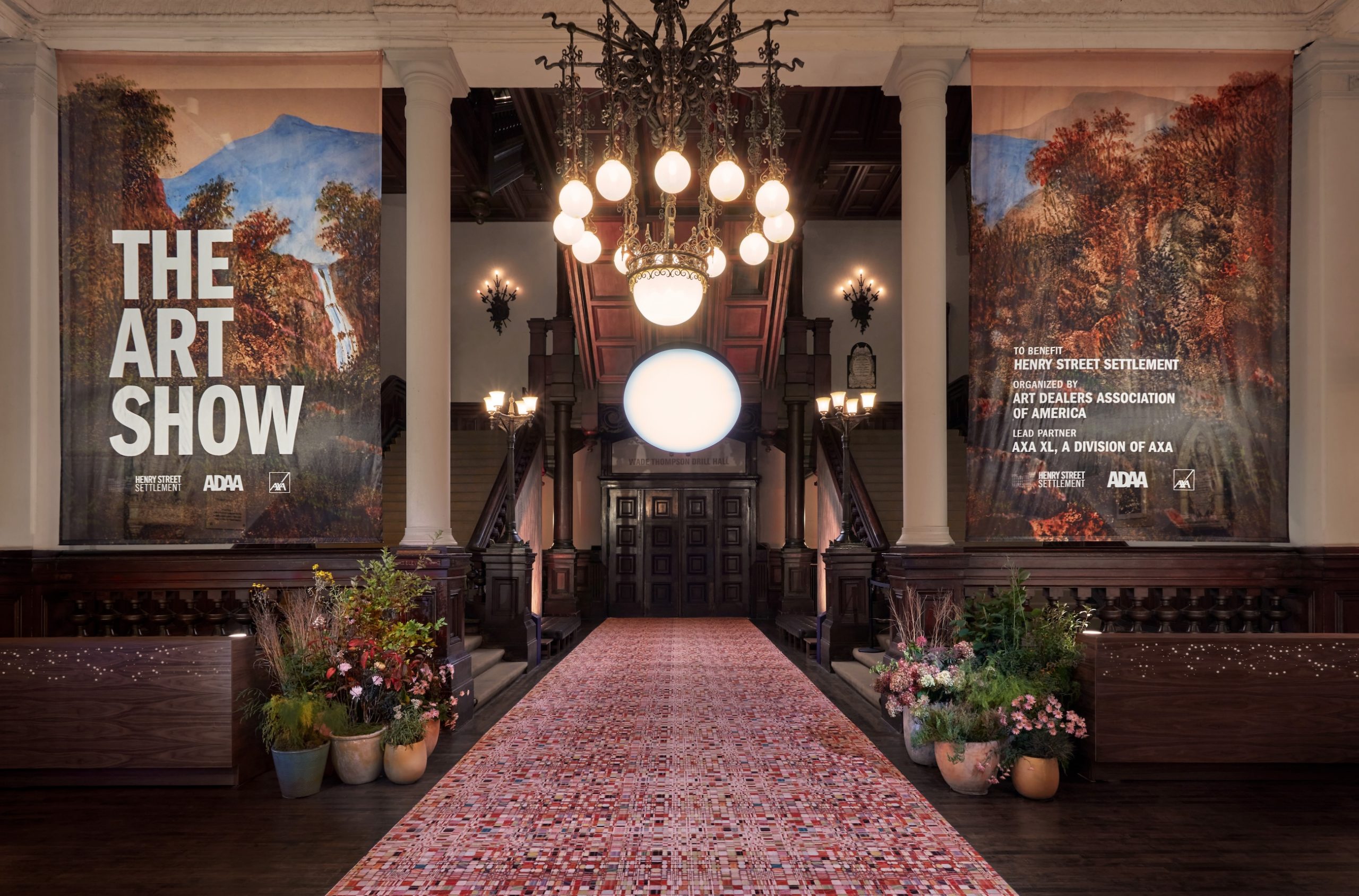Sometimes, even museum workers aren’t sure where the art ends and the real world begins. Case in point? The LAM museum in Lisse, the Netherlands, which recently found one of its artworks in the trash, accidentally thrown out by an elevator technician who mistook it for garbage.
The misunderstanding is somewhat understandable. (It has also happened before.)
At first glance, Alexandre Lavet’s All the good times we spent together by (2016) appear to be a pair of empty beer cans, drunk and discarded, one slightly crushed. But closer inspection reveals that these weren’t regular beer cans—and Lavet is no readymade artist.
Instead, he meticulously hand painted the cans, creating two perfect replicas of cans of Juniper beer. Lavet intended the piece as a tribute to memories of good times spent with friends.
The worker responsible for throwing out the art was filling in for the museum’s regular technician. That meant he wasn’t familiar with the works in the museum’s collection, which it advertises as the world’s largest museum collection of food art.
The glass elevator at the LAM museum where a technician accidentally threw out Alexandre Lavet’s All the good times we spent together (2016). Photo courtesy of the LAM museum, Lisse, the Netherlands.
He also probably didn’t realize that the LAM museum takes delight in stashing artworks in unexpected, unconventional places. All the good times was behind glass, but not in a traditional vitrine. Instead, it could be seen inside the elevator shaft, as if it had been left behind by construction workers’ knocking off after their shifts.
“Our art encourages visitors to see everyday objects in a new light. By displaying artworks in unexpected places, we amplify this experience and keep visitors on their toes,” LAM director Sietske van Zanten said in a statement.
Certainly, if the artwork had been garbage, the technician would have been doing everyone a service by tossing it. Unfortunately, he instead was throwing out the work of the French artist.

Alexandre Lavet, All the good times we spent together (2016). Photo courtesy of the LAM museum, Lisse, the Netherlands.
Fortunately, the museum was able to find the artwork in the rubbish bin before the anyone took the trash out, and the mistake was quickly rectified. Thankfully, there was no damage to the piece.
Curator Elisah van den Bergh fished the sculpture out of the trash, cleaned it off, and put the cans back on display—this time on a more formal plinth at the entrance to the galleries.
“We wanted to give them their moment in the spotlight,”Van den Bergh said.
The museum was surprisingly understanding about the incident. “He was just doing his job in good faith,” Van Zanten said of the technician’s error. “In a way, it’s a testament to the effectiveness of Alexandre Lavet’s art.”


